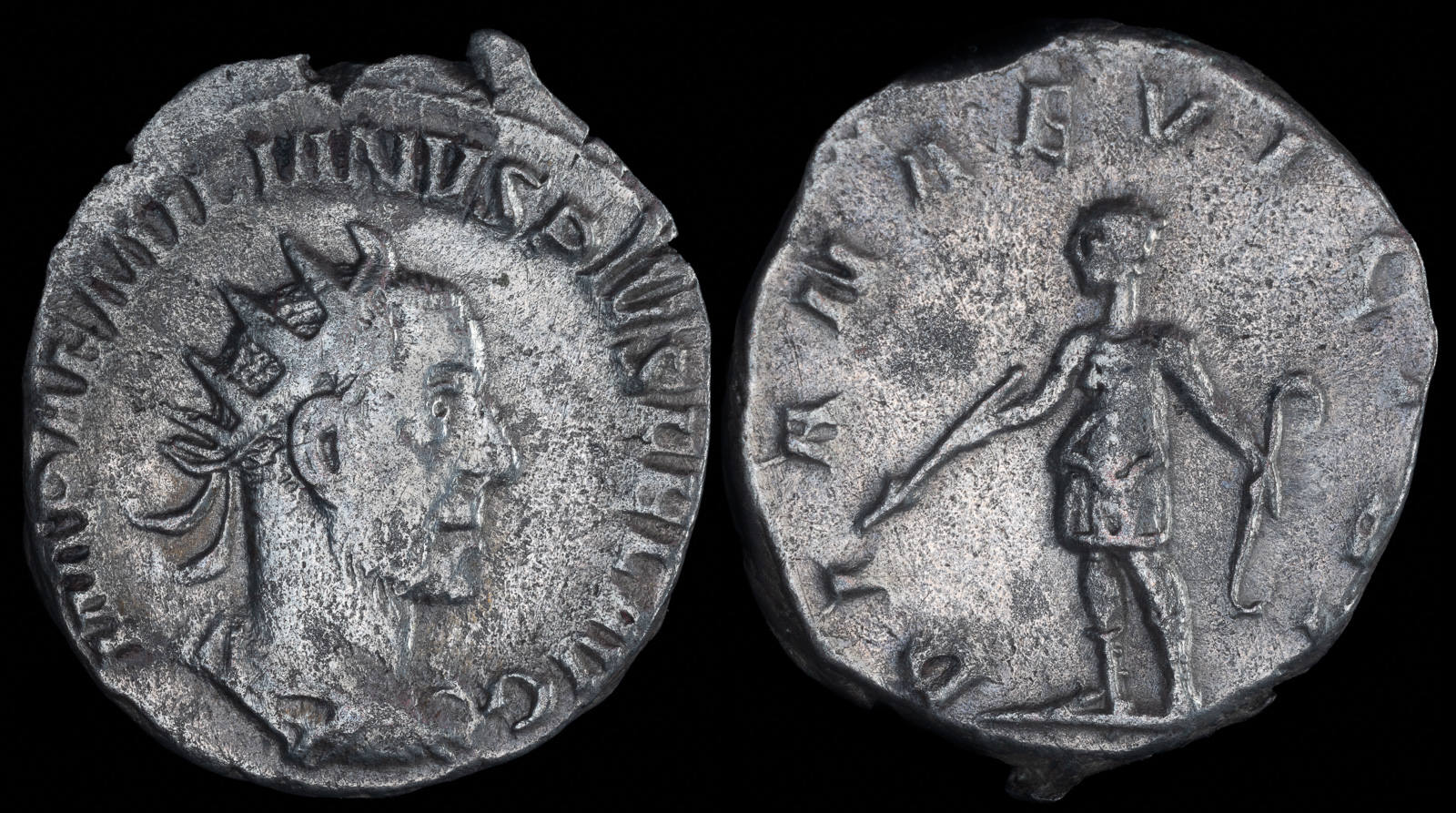Cuirassed
View All Tags
By appearing cuirassed on coins, emperors underscored their military prowess and their intimate connection with the Roman army. The cuirass itself, often highly decorated with intricate designs and motifs, conveyed the image of a ruler who was not just a political leader but also a protector and conqueror. This association with military strength reinforced the emperor’s legitimacy and his divine right to rule. Victory in battle and the security of the empire were central to an emperor’s public image, and displaying himself as a soldier in armor symbolized his readiness to fight for the state, even if he was not physically on the battlefield.
The depiction of emperors wearing the cuirass also served a propaganda purpose. Roman coinage was not just a medium of currency but also a tool for spreading imperial ideology and reinforcing the emperor’s authority across the vast reaches of the empire. Coins circulated widely, reaching all levels of society, and the cuirassed image of the emperor on the obverse side of the coin reminded subjects of the emperor’s martial qualities, his connection to the Roman legions, and his power to maintain order and conquer new territories. For subjects, this symbol of military might was reassuring, offering the promise of stability and protection under the rule of a strong and capable leader.
Additionally, the cuirass also held symbolic significance. Often, the cuirass depicted on coins was highly ornate, sometimes featuring scenes of victory, peace, or divine favor. These designs were not only meant to depict the emperor’s power but also to associate him with the favor of the gods. For example, coins might show the emperor wearing a cuirass adorned with symbols of victory (such as laurel wreaths or eagles), which suggested that the emperor’s reign was blessed with success and divine protection. By emphasizing the emperor’s role as a military leader and victor, the cuirass on coinage helped to perpetuate a narrative of imperial strength, divine favor, and unstoppable power, reinforcing the emperor’s status as the rightful and secure ruler of the Roman world.
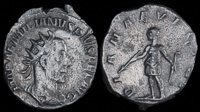
Aemilian 253 CE

Allectus 293-6 CE
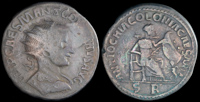
Antioch, Pisida 238-244 CE
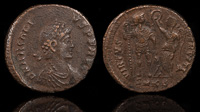
Arcadius 395-401 CE
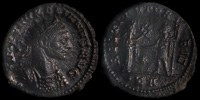
Aurelian 270-275 CE

Barata, Lykaonia 244-249 CE
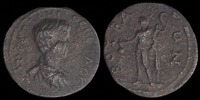
Bura, Achaia 197-209 CE
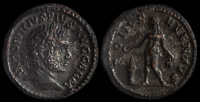
Caracalla 198-217 CE

Carinus 283-285 CE

Carus 282-283 CE
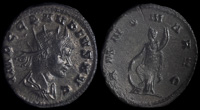
Claudius Gauthicus 268-270 CE
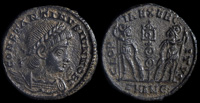
Constantine II 317-337 CE

Constantine II 326-327 CE
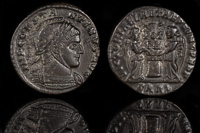
Constantine the Great 319 CE

Constantius Chlorus 293-305 CE
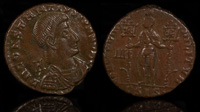
Constantius Gallus 350-351 CE
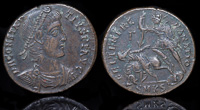
Constantius II 351-354 CE

Crispus 322-323 CE

Decentius 351-353 CE

Delmatius 335-336 CE
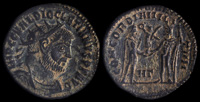
Diocletian 284-305 CE
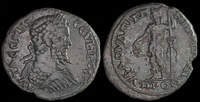
Dionysos Comarmond 193-211 CE
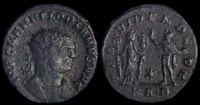
Florian 276 CE
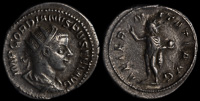
Gordian III 238-244 CE

Gordian III 238-244 CE
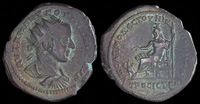
Gordian III 238-244 CE
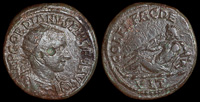
Gordian III, Deultum 238-244 CE
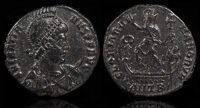
Gratian 379 CE

Hermes of Olympia 238-244 CE
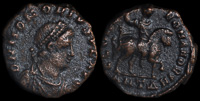
Honorius 393-423 CE

Jovian 363-364 CE

Julian II The Apostate 361-363 CE
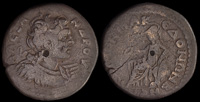
Koinon of Macedon 222-235 CE
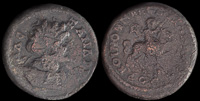
Koinon of Macedon 244-249 CE

Kyparissia, Messenia 193-211 CE
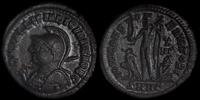
Licinius II 321-324 CE
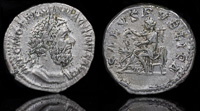
Macrinus 217-218 CE
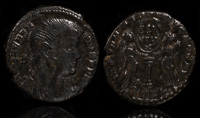
Magnentius 351 CE

Magnus Maximus 383-388 CE
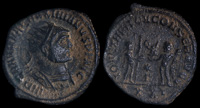
Maximianus 285-295 CE
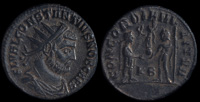
Maximianus Herculius 286-305 CE

Maximinus I Thrax 235-238 CE
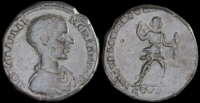
Nikopolis ad Istrum, Moesia 217-218 CE
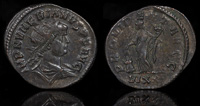
Numerian 283-284 CE

Olbasa, Pisidia 235-238 CE

Philip II 244-246 CE
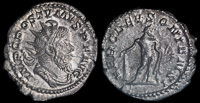
Postumus 260 CE
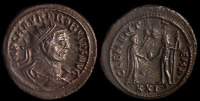
Probus 276-282 CE
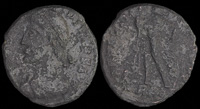
Procopius 365-366 CE

Prusa ad Olympum, Bithynia 251-253 CE

Severus Alexander 222-235 CE
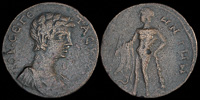
Sikyon 198-209 CE

Tacitus 275 CE
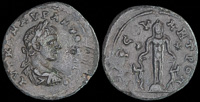
Tarsos, Kilikia 218-222 CE
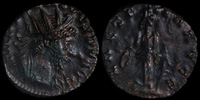
Tetricus 272-273 CE
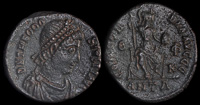
Thedosius I 379-383 CE
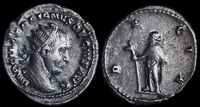
Trajan Decius 249-251 CE
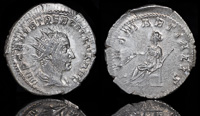
Trebonianus Gallus 251-253 CE

Vabalathus 272 CE

Valens 364-378 CE

Valentinian I 364-375 CE
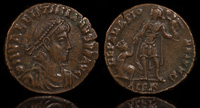
Valentinian II 378-383 BCE
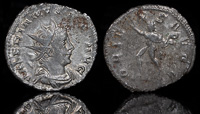
Valerian I 257 CE
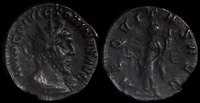
Victorinus 269 CE

Volusian 251-253 CE

Volusian 251-253 CE
